How to Take Care of a Bonsai Tree
Bonsai is an art that allows you to grow an exact copy of a real tree. This is possible to do because you control the root system. Even a beginner gardener can do this. It is better to use a more or less formed seedling because growing a tree from a seed will take years. But in any case, even the most attractive plant can die without the proper care.
5-Minute Crafts will help you grow small copies of trees.
Location of a bonsai tree
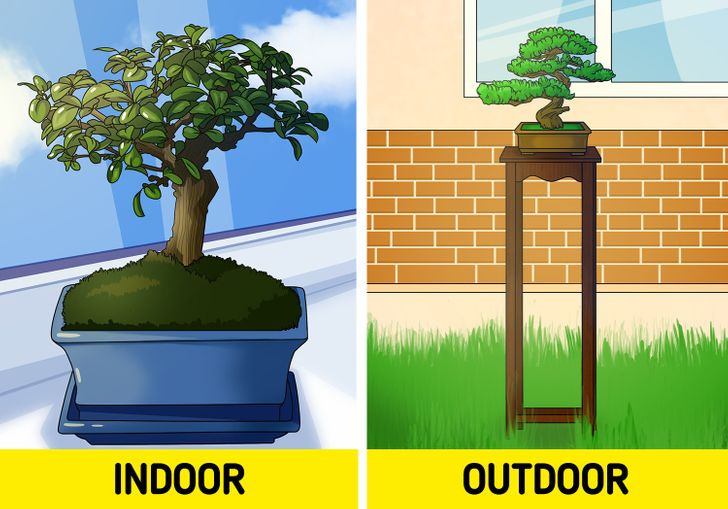
Pay attention to the kind of tree you are buying:
- Indoor — Ulmus рarviflora, Ficus, Carmona, and others. It’s better to put them in a sunny place where there’s a constant temperature. You should also know that some trees need more sunlight than others.
- Outdoor — maple, juniper, pine, and others. These trees require fresh air and sunlight for at least half a day. But they need to be protected from the wind and from parasites, so it’s better to grow them higher up off the ground.
Watering
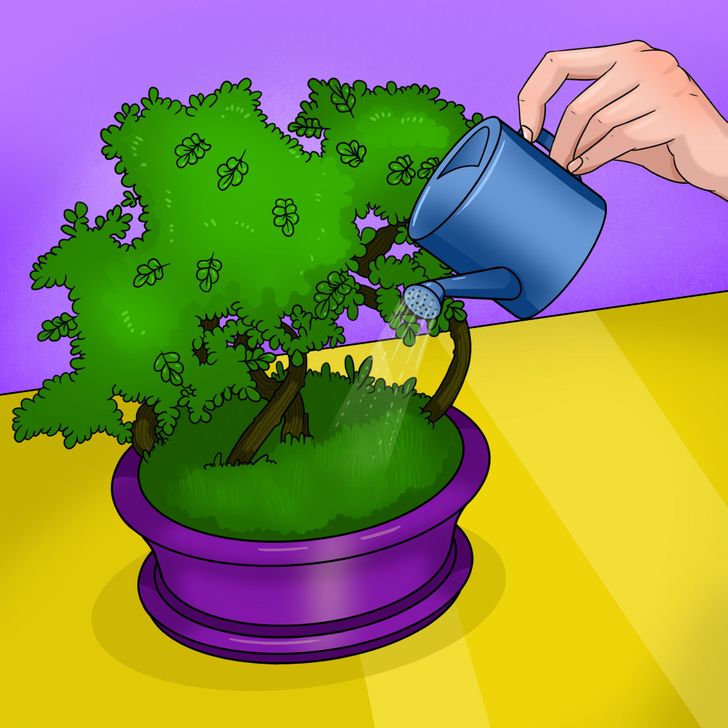
It’s impossible to give exact recommendations about watering because it depends on a lot of factors: the kind of tree, the size of the pot, the time of the year, and the soil. But based on some recommendations, you can optimize the watering process to create the best conditions for the tree:
- Water the plant only if the soil is dry. It is important to not drown the plant. Check the conditions of the soil with your finger. With more experience, you will always know when it’s time to water.
- Avoid a strict watering schedule. You have to take good care of your exact tree and learn when it needs water and when it doesn’t.
- Pay attention to the soil. If you can’t water the tree often enough, use compost to help it retain moisture.
- Water the plant until the entire root system gets enough water. The water is supposed to flow out of the holes. You may need to add more water. This is important because all the roots have to be wet.
- Use a watering can with small holes.
Shaping
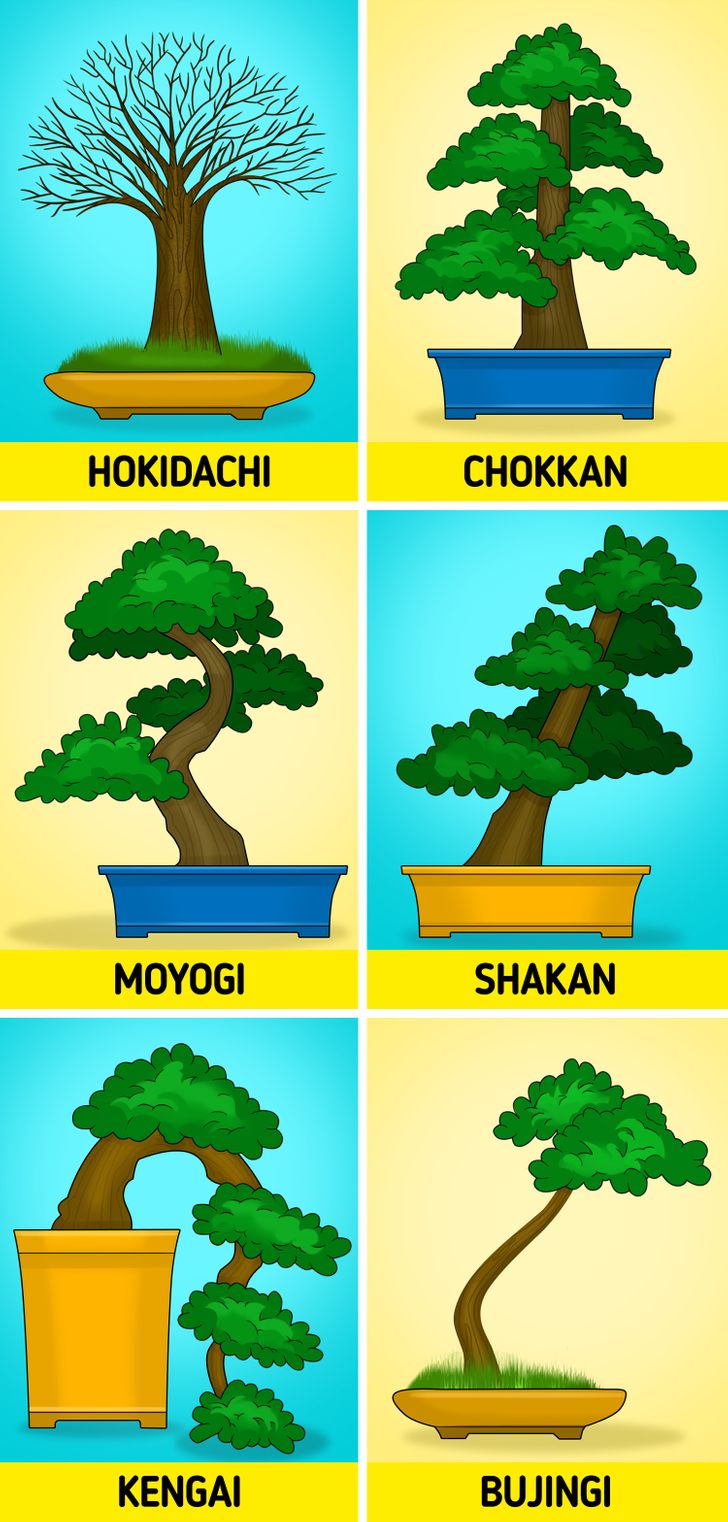
If you want, you can choose the style of your future tree. It will help you understand what the tree is supposed to look like in the end and you can adjust what you do with the branches.
- Hokidachi — fan style. The trunk is straight and close to the top, it separates into small branches going to the sides. It’s better for trees with leaves.
- Chokkan — vertical style. The trunk gets thinner closer to the top. Along the entire trunk, there are branches. This shape is the most popular one because it’s often seen in nature, which makes these trees look more natural.
- Moyogi — informal style. It’s like the previous one, but the trunk has an S-shape. There’s a branch on each curve.
- Shakan — bent style. The trunk is at an angle. The first branch is on the side opposite the bend. This tree looks like it was bent by the wind or like it was reaching for sunlight.
- Kengai — cascade style. The trunk is bent down, and the branches are horizontal. It’s hard to shape this style because the appearance fights against natural growth.
- Bujingi — bohemian style. The trunk is long and there are leaves only on the top. These trees can be found in very competitive environments and only those that reach the sunshine survive.
There are a lot of other different styles. You can be really creative.
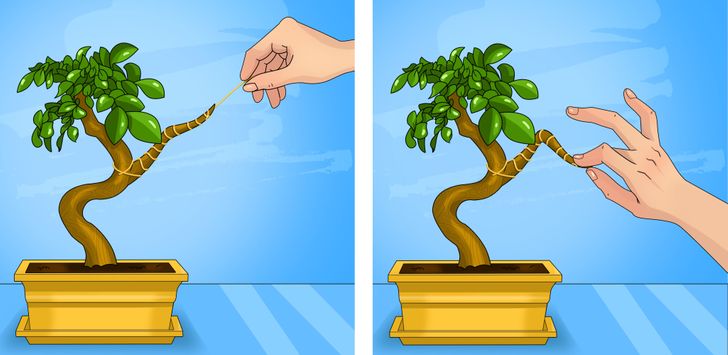
The shaping of the trunk and the branches is done using aluminum or copper wire. It is used to wrap around the branch and direct it to the side you want. You can do it at any time of the year. But make sure the wire doesn’t grow into the bark. Remove it when you notice that happening.
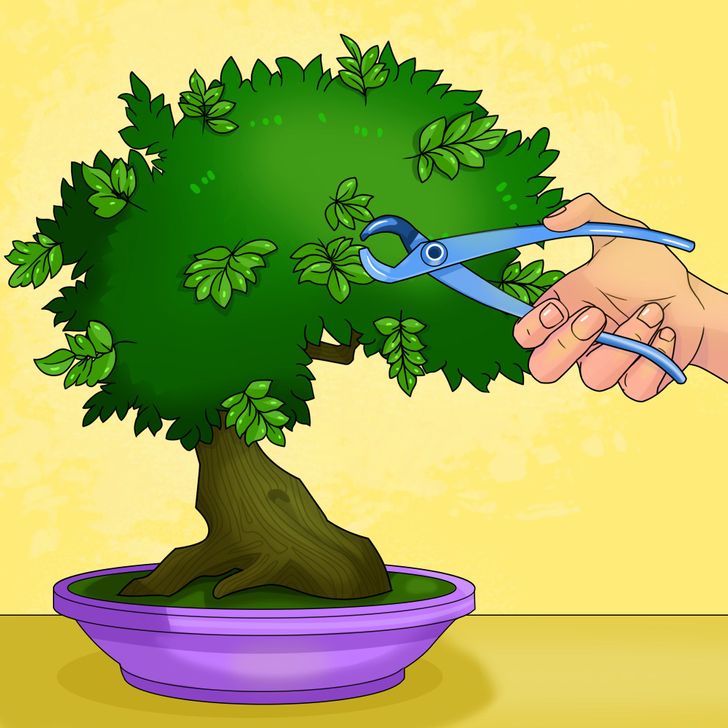
Cutting is done in the spring or summer. It depends on the type of tree. You can use wire cutters with a concave shape, so the cut heals faster. Remove the branches that are growing at the same height (just keep one). Also, remove the branches with unnatural curves.
Repotting
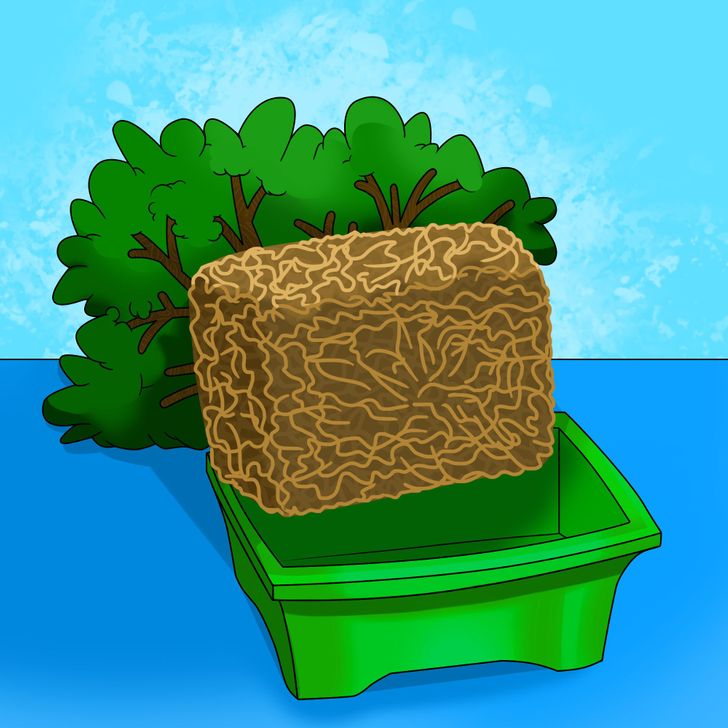
Repotting not only makes bonsai trees stronger, but it also makes them healthier. You usually need to do the repotting every 2 years, but sometimes you may have to do it every year. The older the tree, the less often it needs a new pot.
To figure out if a tree needs repotting, check the roots every spring.
- If they are fairly straight and they have enough room, you can give them another year.
- If the roots start curving, the tree needs to be repotted.
Fertilization
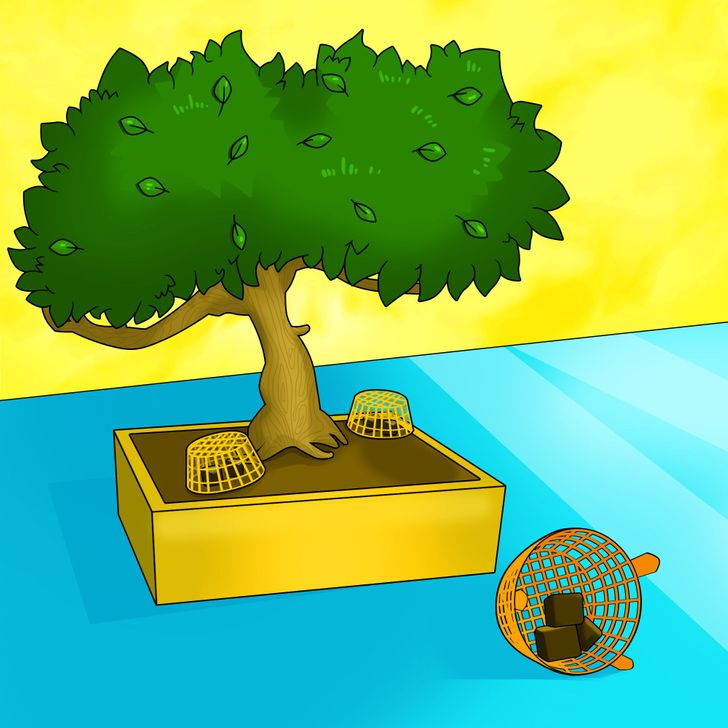
Usually, trees have huge roots that go deep into the ground. But bonsai trees need fertilization and it’s your job to provide it. There are 3 things the tree needs and the amount depends on the type of tree:
- Nitrogen is responsible for the growth of branches and leaves.
- Phosphorus makes the roots stronger.
- Potassium helps the tree bloom.
Fertilizers can be solid and liquid. The type you choose doesn’t really matter. You can buy them in special online stores. Buy the mix that is right for the tree you have.
You should add fertilizers all year round, especially if you have an indoor tree. But the vegetation period (from spring until mid-fall) is the most important one.
Tip: Don’t feed the tree too much. One month after repotting, the tree shouldn’t get any fertilizer. The same is true for sick trees.